Take these steps to prevent most clogs and nasty backups before they become a big problem.
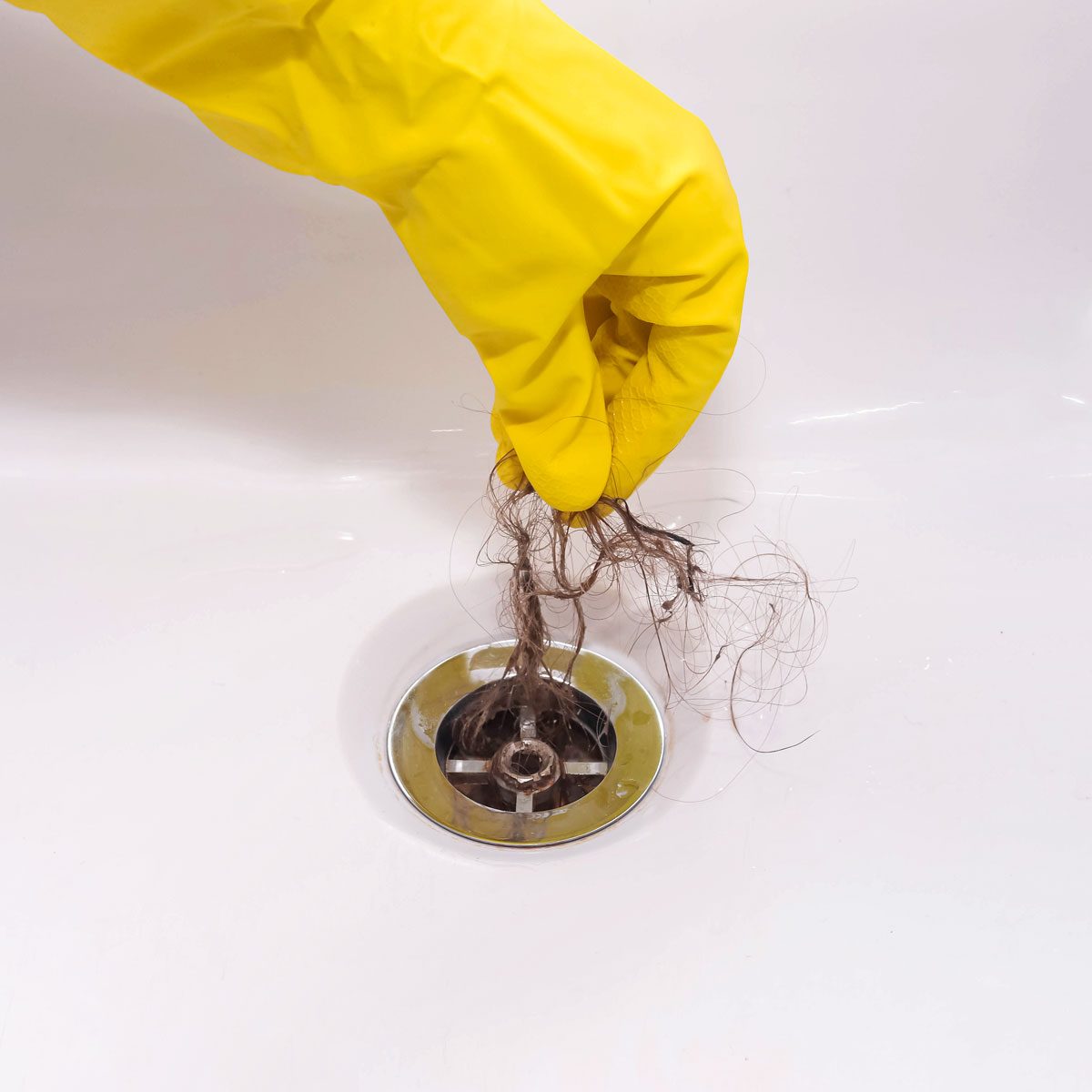
How to Keep Drains From Clogging

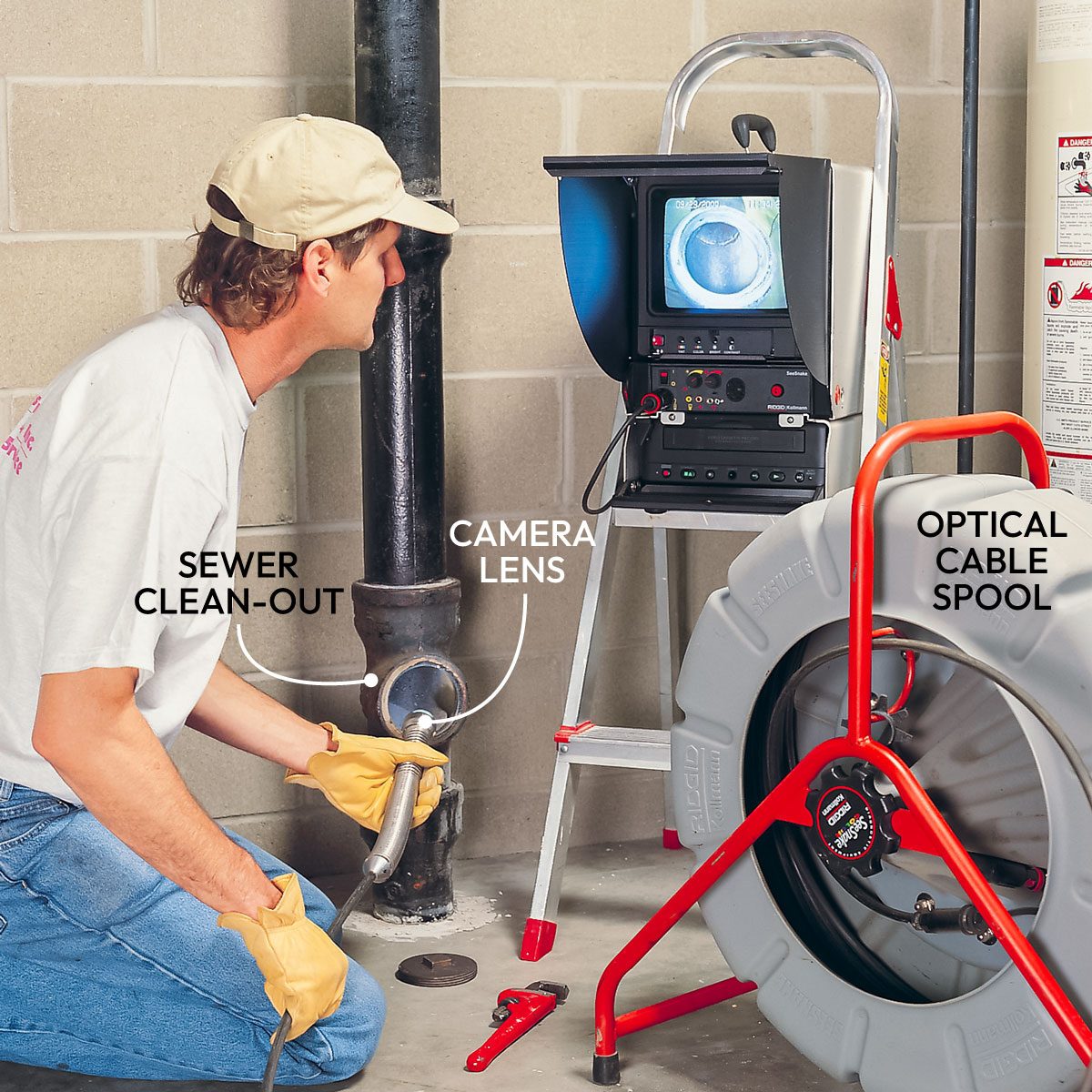
Don’t Wait for a Mainline Blockage
If you have a clogged sewer line every year or two, don’t just keep getting it cleaned. Most sewer service companies will ‘scope’ the line to see what’s causing the problem. That entails sending a remote camera down the line for a visual inspection.
The recurring issue could be tree roots entering through clay tile joints, a partially collapsed pipe or even rotted-out cast iron that allows soil to fall into the line and create a blockage. It’s worth paying to find out the cause and get it fixed rather than hassling with frequent sewer backups and sewer-cleaning bills.
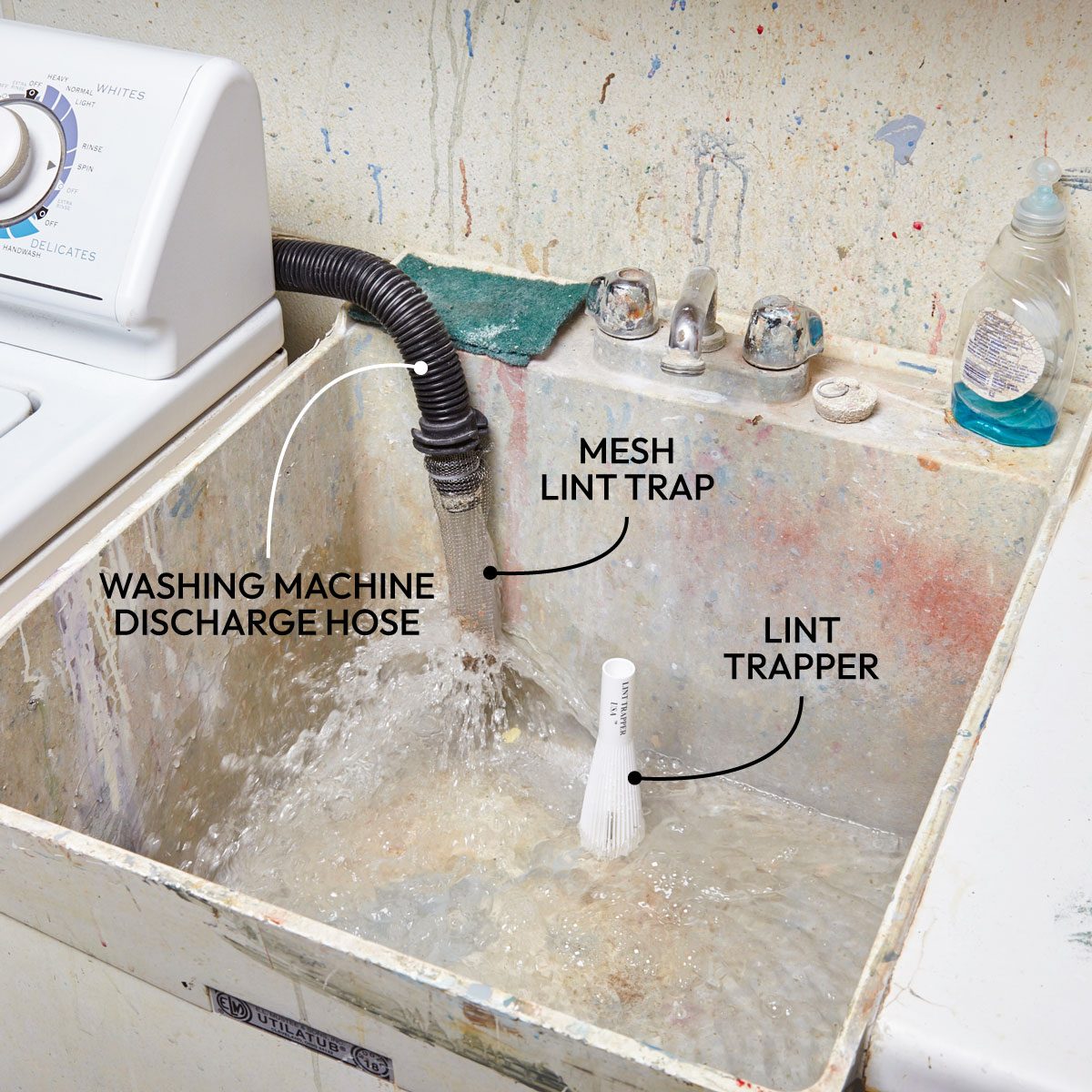
Install a Lint Catcher on Your Washing Machine Hose
If the drain for your washing machine hasn’t ever backed up, you’re lucky. Lint, bits of fabric, facial tissue and even the occasional sock can sneak through your washer’s drain hose and cause trouble in your drain.
To keep this stuff from plugging your drain, put a lint trap on the end of the drain hose. You can buy mesh lint traps for your washer’s discharge hose at home centers and hardware stores, or you can simply use an old nylon stocking. Use a zip tie to hold the lint trap in place. Keep an eye on the trap and replace it when it’s full.
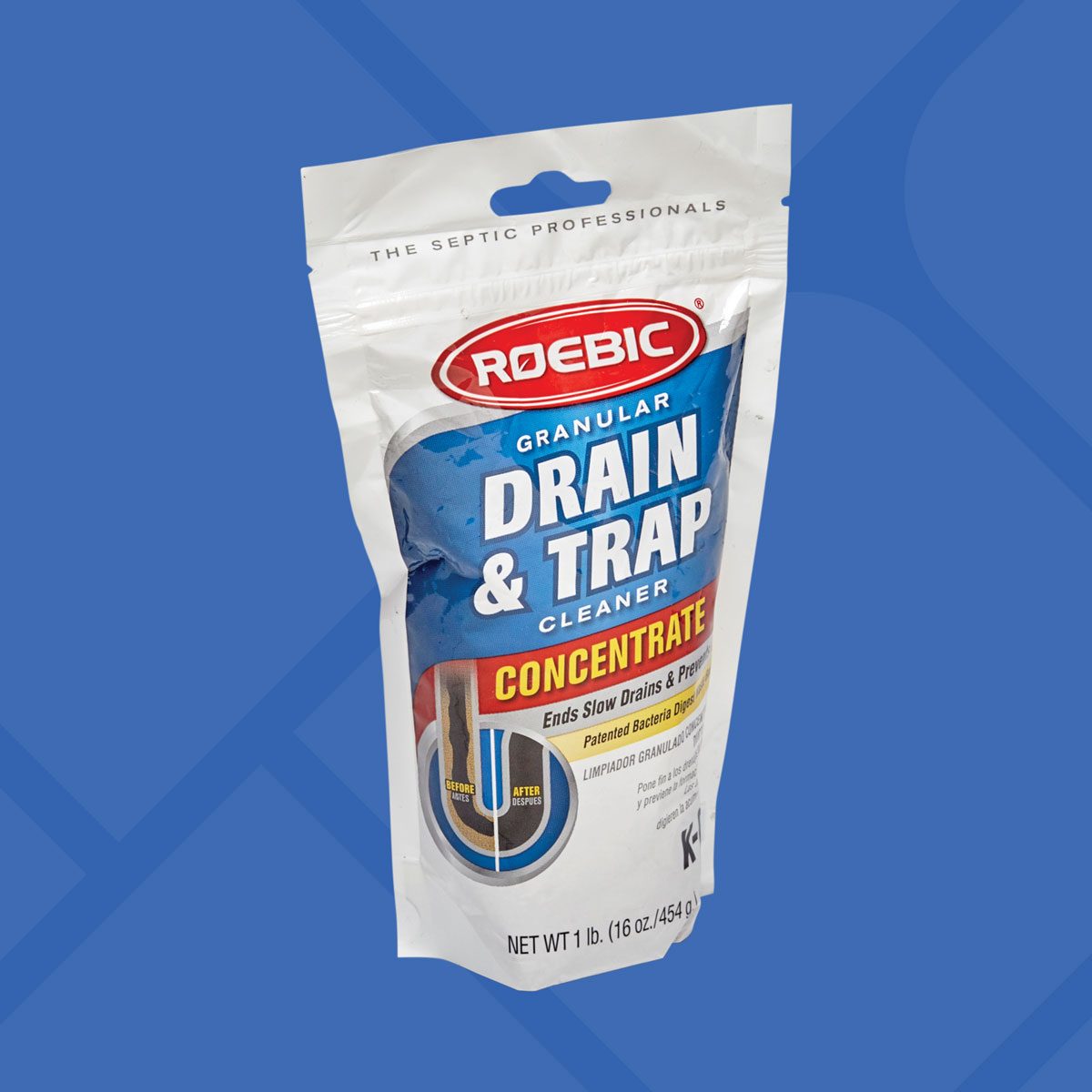
Put Bacteria to Work
Whether it’s hair, grease or food, some sort of organic matter causes most drain clogs. Fortunately, there’s a type of bacteria that breaks down organic matter in your drains. Add the bacteria to your drains and it will consume organic matter which helps prevent clogs. You can buy drain-cleaning bacteria in granular or liquid form. Bacterial drain cleaner is noncorrosive so it won’t harm pipes, and the bacteria won’t interfere with the bacteria in your septic system. Follow the instructions on the package.
Add the bacteria when drains won’t be used, like right before everybody goes to bed, to allow it time to work. Drain and trap cleaner is available at home centers and hardware stores. A package should last several months, depending on how many drains you treat.

Collect Grease — Don’t Dump It
One of the worst things you can pour down your drain is grease. Warm grease runs down your drain until it cools in the pipe, where it congeals and starts forming a clog. Then other stuff gets stuck in it, and before you know it, you’ve got a major clog.
The best solution is to avoid pouring any grease or oil down your drain. Just keep a jar handy to collect the grease, and throw it into the trash when it gets full. Or, if you’re one who likes to cook with leftover bacon grease, you can buy a container that’s designed to save the grease for reuse.
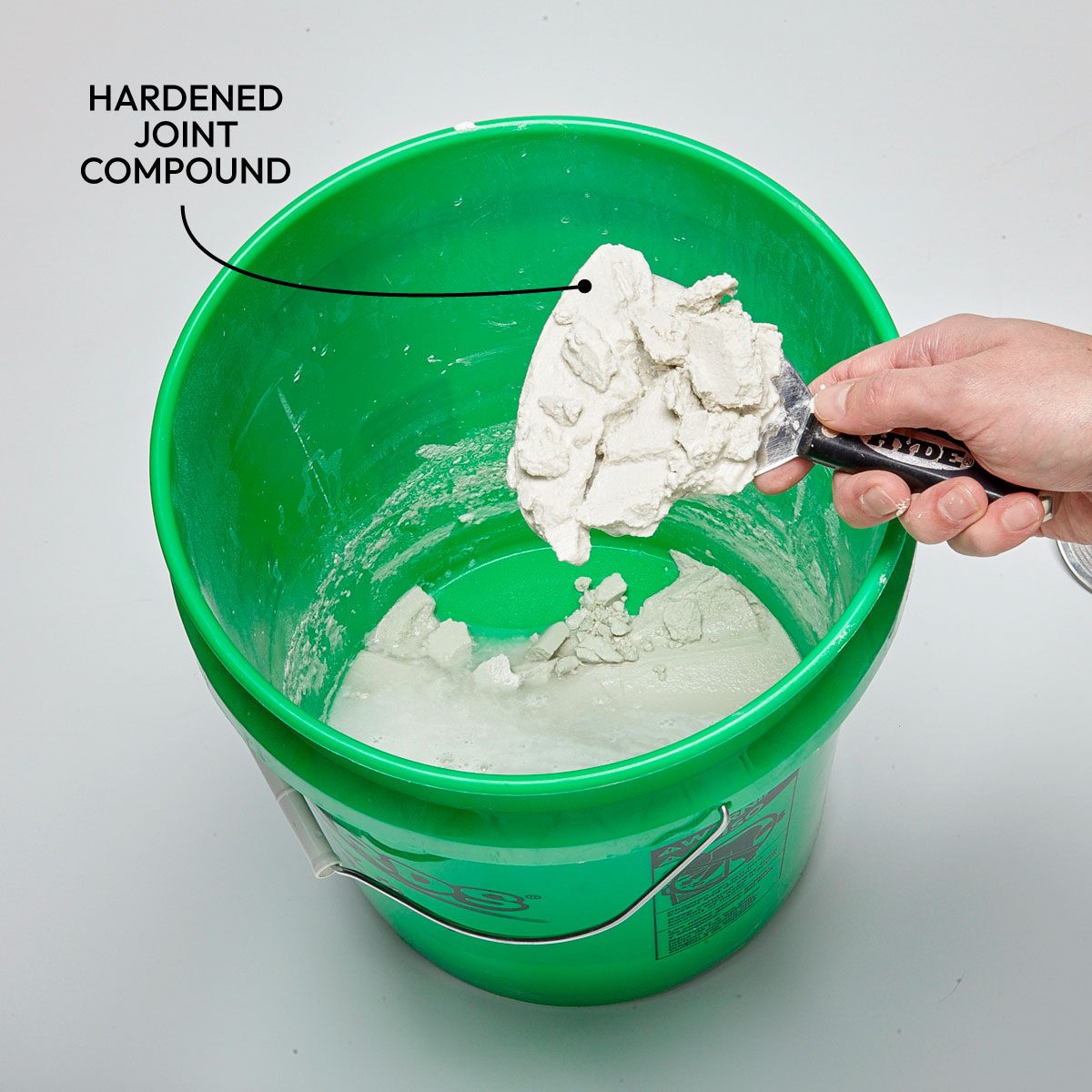
Don’t Rinse Cement, Grout or Joint Compound Down the Drain
Setting-type joint compound hardens by a chemical reaction and will set up even under water, so obviously if it settles in your drain you’re in for a rock-hard clog. Sand is another building product that is notoriously bad for drains. Sand is heavy and settles quickly in traps and pipes to form clogs that are difficult to remove.
To avoid these problems, never rinse setting compound, grout, mortar mix or concrete down the drain. Instead, save rinse water in a container until the solid materials settle out. Then decant the water in an out-of-the-way area in your yard, and dump the remaining sludge into your garbage can.

Catch Hair Before it Reaches the Drain
Hair and soap combine in your tub or shower drain to create clogs that could end up requiring a drain snake to remove. But you can avoid that task by catching the hair before it reaches the drain.
Various sizes of mesh screens are available for this purpose. Another option is to replace the stopper assembly with one that includes a built-in screen.
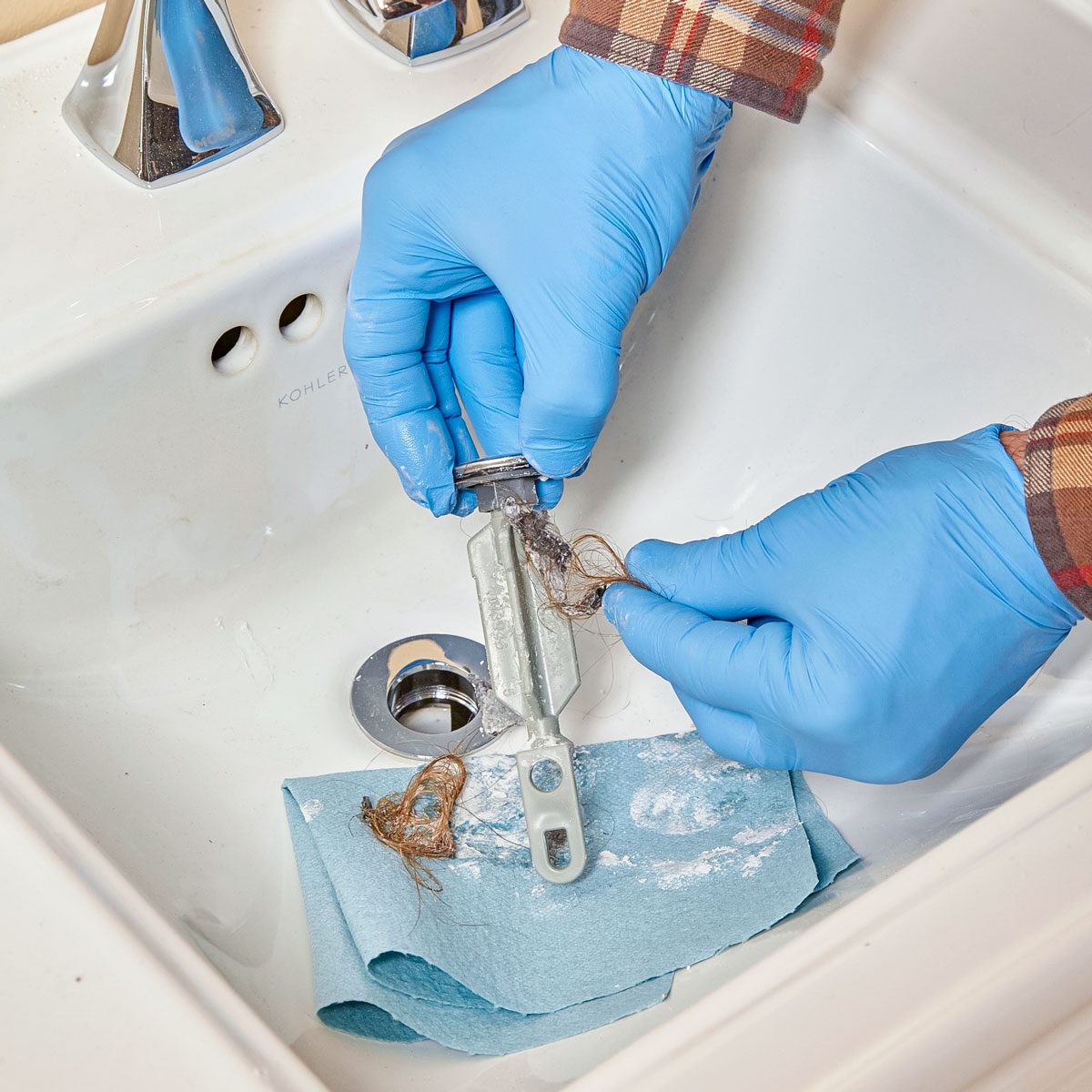
Pop-Up Stopper
The pop-up stopper on your bathroom sink is a magnet for hair, dental floss and other yucky stuff. And it’s probably a good thing because it keeps all of that out of your drains. But allowing this waste to build up for too long can cause the sink to drain more and more slowly and eventually not empty at all. And because the water flow down the drain is also slowed, clogs in the drain lines can form more easily.
When you notice that your bathroom sink is draining slowly, remove the stopper and clean it. Most pop-ups can be installed two ways. They can either be hooked into the pivot rod that lifts them or simply rest on it. If your pop-up stopper is hooked in, you’ll have to unscrew the nut on the back of the tailpiece (under the sink) and pull out the pivot rod to release the pop-up (left photo). When you reassemble it, try reinstalling the rod without running it through the hole in the pop-up stopper. Then drop the stopper into the drain hole.
In most cases, it will work fine this way, and you’ll be able to remove the pop-up stopper for cleaning without removing the rod.
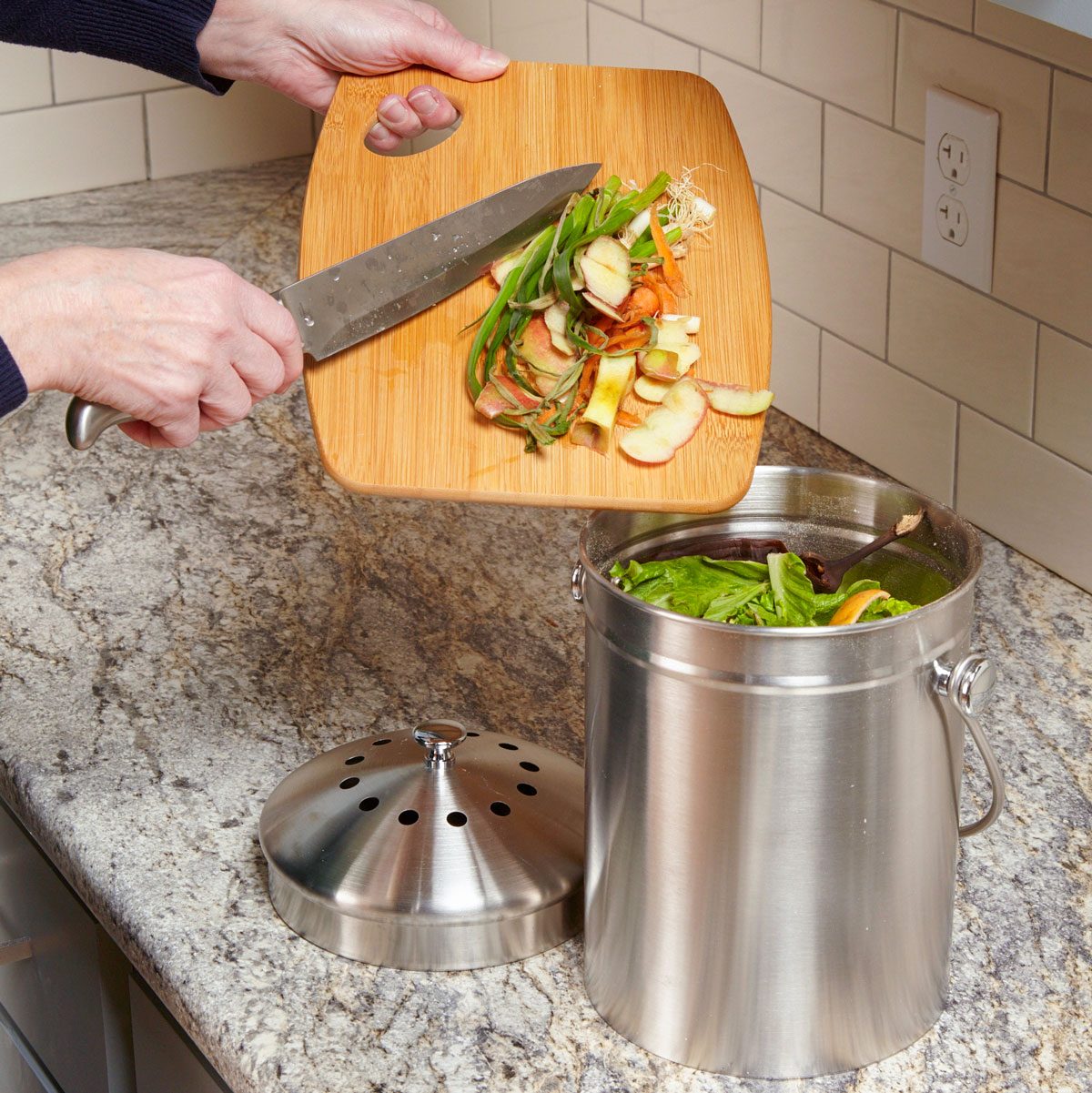
Collect Your Food Waste
Grinding up food in a disposer and sending it down the drain is convenient, but it can clog drains. A better idea is to collect your organic waste in a container and add it to a compost pile. Many cities collect organic waste for composting, but if yours doesn’t, consider building your own compost bin. Avoid putting meat or other greasy food in the compost bin because it takes too long to break down.

Flush Your Drains
Low-flow toilets and faucets are great for saving water, but not so good for keeping drains clear. The lower volume of water often doesn’t carry away debris, and instead leaves it to collect in your pipes. You can counteract this problem by occasionally flushing the pipes with a large flow of water. Fill a five-gallon bucket with water and pour it into your toilet while simultaneously flushing to help keep the large main drain line clear. Also, fill your bathtub and sinks with hot water and release it down the drain.
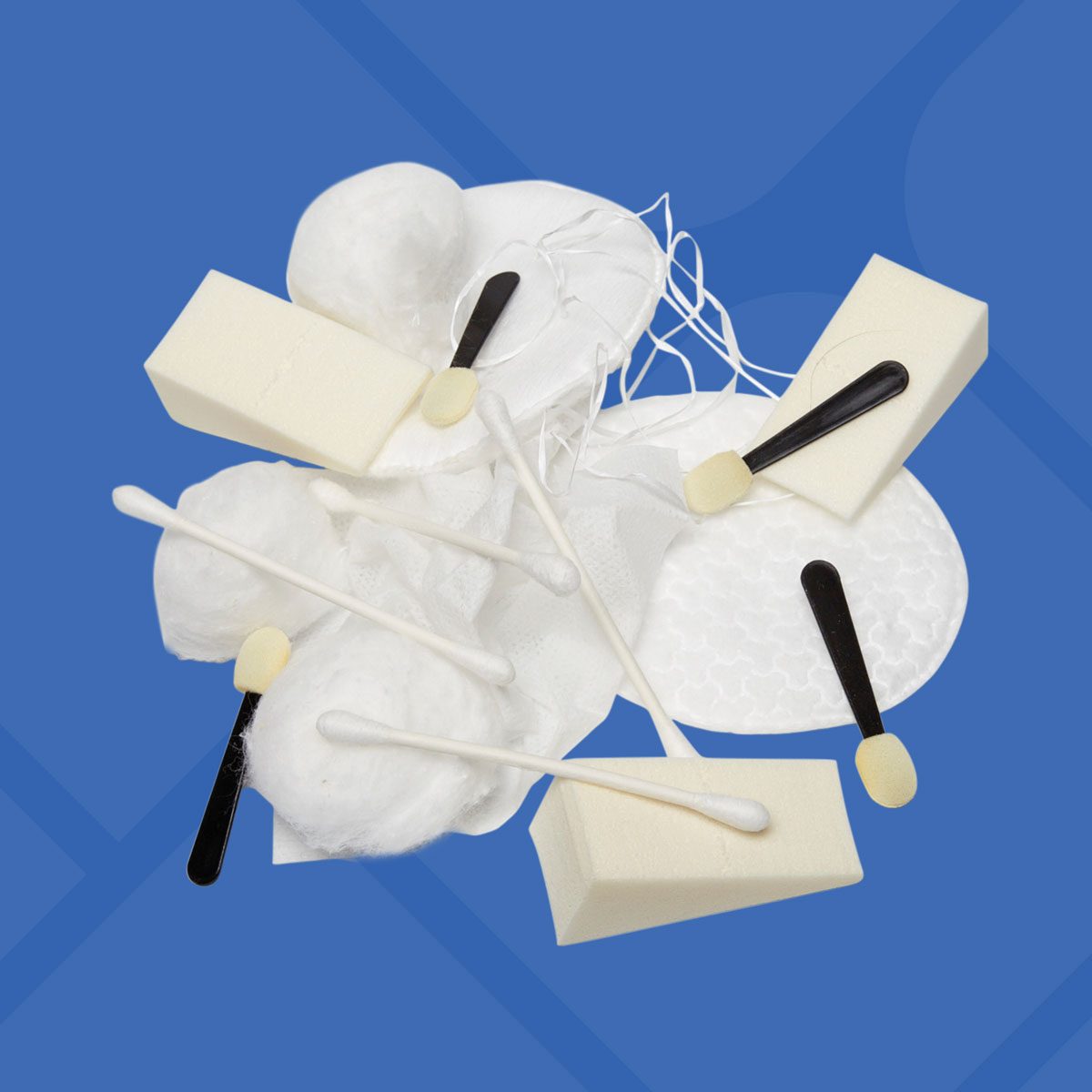
Don’t Use the Toilet as a Wastebasket
It’s tempting to throw all kinds of personal care products into the toilet. After all, there’s a big drain hole and the stuff usually goes down OK. But just because dental floss goes down the toilet drain doesn’t mean it’ll make it to the main sewer. It’s possible it will get snagged on something in your pipes and start a clog.
In addition to the fact that many of these products don’t decompose readily, adding an unnecessary burden to the water treatment facility, they can clog drains. So avoid using the toilet as a wastebasket. It’s better for the environment and better for your drains.




















